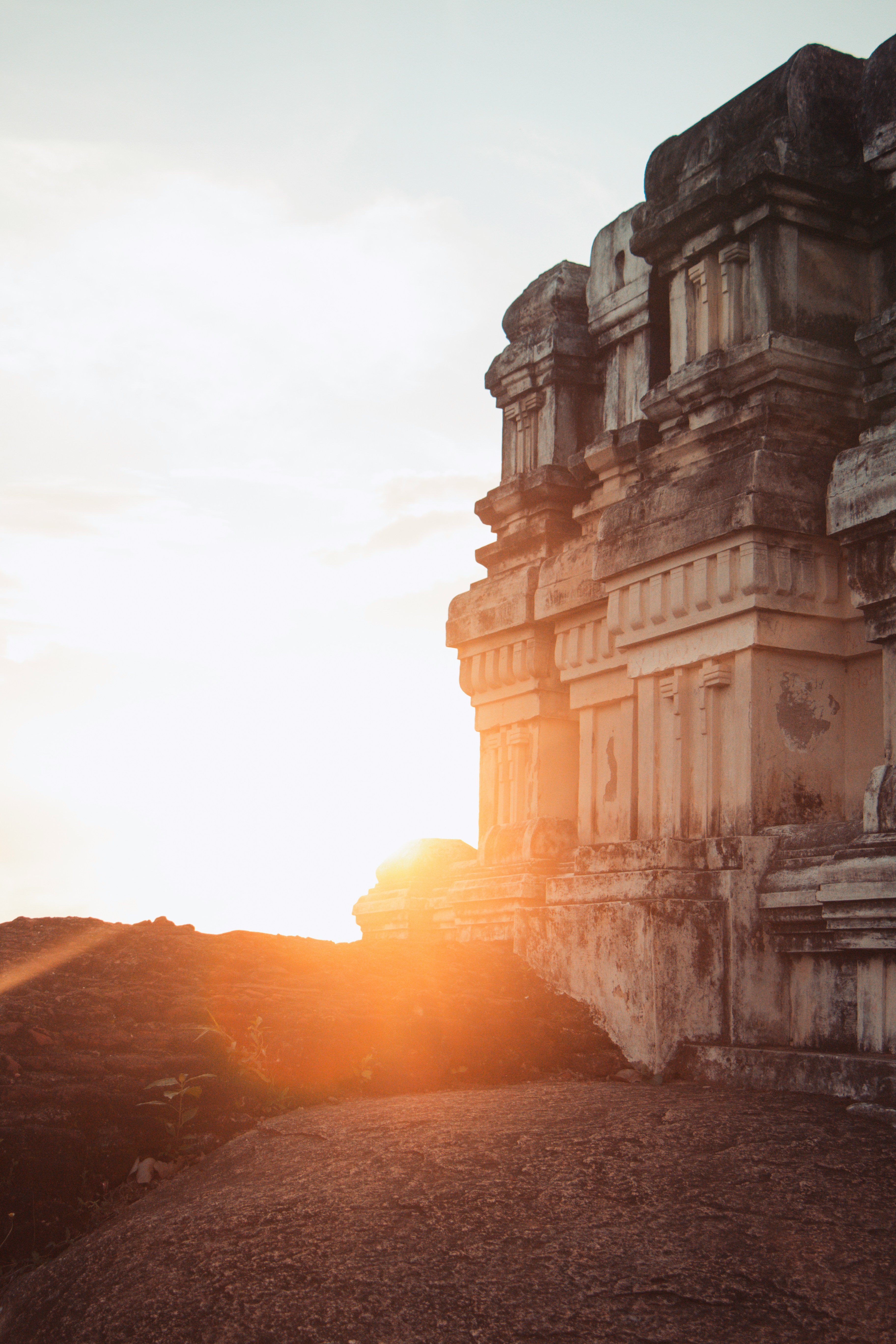
To complete our dialogue between Jain Dharma and modern science (see previous articles by me: “The ‘Pluralistic’ and ‘Non-theistic’ Reality Of Jains” and “Jain Scientific Realism”) we can ask the following research question: “Can an entity change still be the same?” Or, stated differently, “Is it an illogical contradiction to propose that an entity both changes and remains the same over time?” “Is ‘changing sameness’ possible?” Here, we will see how Jain Dharma can answer this question and come to a conclusion that is coherent with the energistic physics of modern science.
Jain Ontology as Energistic (Meta)Physics [1]
The translation of “substance” for the term dravya might be a little misleading. In Western philosophy, the term “substance” generally often refers to an “inert pellet” such as the early belief that atoms were “inert pellets of matter.” But in Sanskrit the word dravya comes from the root √dru, which means “to flow,” implying something more dynamic. Hence, if early Western philosophy saw the basic units of reality as being inert, for Jain dharma, the basic units of reality as dravya-s are more similar to a modern energistic physics in the sense that the basic units of reality are dynamic and can “transform” (pariṇāma) and with various “modalities” (paryāya) (“An Introduction to Jain Philosophy,” AIJP 2019, 84, 87).
We can understand the energistic, dynamic nature of dravya-s in terms of their transformations based on their changing “qualities” (guṇa-s), and “modes” (paryāya). But “despite this dynamic transformation” a dravya “maintains its fundamental nature” as an independent entity (AIJP 2019, 87).
Sometimes the guṇa-dravya (“substance-quality”) relationship is described as “inherence.” But we must understand the relationship to be a dynamic process (AIJP 2019, 87) that a changing entity undergoes, but nonetheless maintains its individual sameness. An analogy for this is how we both are and are not the same person we were in the past. We have changed, but we still maintain our “sameness.”

Jain Dharma as Phenomenology
We’ve noted that, it is appropriate that a research method is consistent with the object of inquiry (see previous articles by me: “The ‘Pluralistic’ and ‘Non-theistic’ Reality Of Jains” and “Jain Scientific Realism”). While Jain Dharma is compatible with modern science, it is not confined to the methods and mere material objects of inquiry of modern science since it centers on liberation (soteriology, as “mukti-marga” or the “path of liberation”) and therefore Jain philosophy has a different field of inquiry than the modern sciences. Because the research question of Jain Dharma centers on soteriology (mukti-marga), Jain Dharma follows the methods of inquiry known as “phenomenology,” or the “study of reality from the first person perspective.” This is unlike the attempt at an exclusively objective standpoint of study adhered to by modern science. Where modern sciences eschew streams of data that are derived subjectively, the Jain tradition admits and even celebrates the data that we derived from our own first-person experience of consciousness, as per phenomenology.
Therefore, we can study Jain energistic (meta)physics from our own firsthand perspective, from a subjective standpoint. For example, we can gain knowledge of reality by exploring our own consciousness through meditation. Based on our own experience that as a living being, a jīva-dravya (“living entity”), we are always experiencing some degree of “consciousness (cetanā), which manifests as “knowledge” (jñāna). Further, we may realize degrees of ease, “happiness” (sukha), or distress based on the objects of our consciousness. While we are a substantial individual soul that remains the same over time (jīva), these transforming states are the various “qualities” (guṇa-s) that we experience. Thus, the “substance” of our soul has the “qualities” of varying modes (paryāya) of consciousness, knowledge, and happiness (cetanā, jñāna, and sukha). Other substances of reality have a similar guṇa-dravya relationship of simultaneous changing dynamism while maintaining sameness. Thus, we can understand the guṇa-dravya relationship of “changing, oneness” phenomenologically.
We, as souls/jīva-s, are internally experiencing a “variety of things” (anyatva-rūpa) based on our internal qualities (guṇa-s), but we are still “apart from” (pṛthaktva-rūpa) that which we experience, as per Jain ontological pluralism (e.g. the multiplicity of reality, rather than seeing reality as a single substance). Thus, from our own first-hand experience, we can understand how Jain energistic (meta)physics allows for dynamic transformation of all entities (dravya-s), while affirming their separate existence (pṛthaktva-rūpa) (AIJP 2019, 86 ff.). With Jain Dharma, we do not have to merely rely on our external senses of observation to understand the energistic nature of reality, we can study it phenomenologically and see how an energistic (meta)physics operates firsthand. It this way, the research method of Jain Dharma goes far beyond that of modern science. Therefore, despite the advancements of modern sciences, the inquiry into reality based on natural sciences alone is incomplete, and a more holistic account of reality requires something more phenomenological, something more like the ancient research methods employed in the Jain tradition since time immemorial.
[1] Instead of just writing “metaphysics,” I use “(meta)physics” to show that metaphysics includes physics. By this, “metaphysical” is both physical/material and non-physical/material.
Professor Cogen Bohanec, MA, PhD, an Assistant Professor at Arihanta Institute, received his doctorate in Historical and Cultural Studies of Religion from the Graduate Theological Union (GTU) in Berkeley, California where his research emphasized comparative dharmic traditions and the philosophy of religion. He teaches several foundational self-paced, online courses based in Jain philosophy, yoga, ecology, languages, and interfaith peacebuilding, including:
- Introduction to Jain Philosophy
- Introduction to Jain Yoga
- Peacebuilding & Interfaith Dialogue in the Jain Tradition
- Toward a Jain Ecotheology
- And his newest course: Research Sanskrit: Level 1 (of 2)
Professor Bohanec is also lead organizer of the 2nd Annual Engaged Jain Studies Conference: “Yoga in Jainism” taking place on Saturday, April 20, 2024. This free, one-day event aims to provide a platform for scholars and practitioners to discuss the historical, social, and intellectual dimensions of Jain yoga, fostering a dialogue that spans modern and pre-modern contexts within South Asia, the global Jain diaspora, and beyond.

